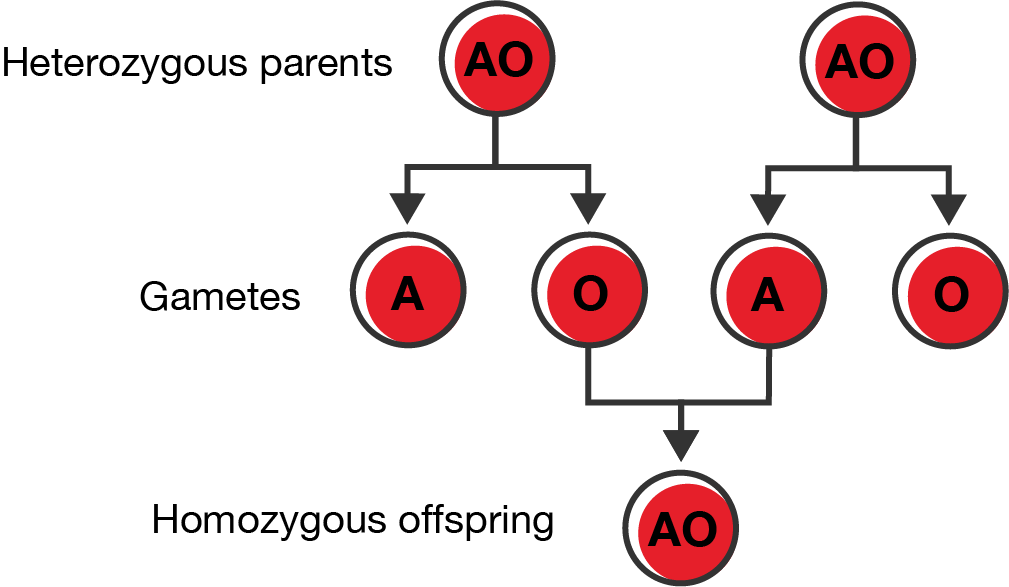Mendel's law of segregation
See Mendel’s law of segregation in action and practise recording results from the experiment using this simulation.
Mendelian genetics help to explain how traits are inherited. This knowledge is vital in fields like medicine, where it helps identify patterns of genetic disorders, and in agriculture, where it guides the breeding of plants and animals. Use this resource to learn about the foundational concepts that explain genetic inheritance.
Mendelian genetics explores how traits are inherited based on the work of Austrian biologist Gregor Mendel. His principles of inheritance—segregation, independent assortment and dominance—are key to understanding how traits pass from parents to offspring. These are called Mendel’s laws.
The law of segregation is one of Mendel’s main ideas in genetics. It states that during the formation of reproductive cells (gametes), the two alleles for each trait separate, or segregate, so that each gamete receives only one allele.

This means that offspring inherit one allele for each trait from each parent. The law of segregation explains how genetic variation occurs, as the mixing of alleles can lead to different trait combinations in offspring.
An example of the law of segregation is seen in human blood type inheritance. Consider a parent with the genotype AO for blood type. During gamete formation, the A and O alleles segregate so that one gamete receives the A allele and another receives the O allele.
If two AO parents have children, their offspring can inherit different combinations of these alleles, resulting in blood types A, O, or even AA, depending on the alleles contributed by each parent.
The law of independent assortment states that alleles for different traits are distributed to gametes independently of one another. This means the inheritance of one trait generally does not affect the inheritance of another.
For example, the genes for human eye colour and hair colour are inherited separately. They are located on different chromosomes. As a result, the allele a person inherits for eye colour (such as blue or brown) is inherited independently of the allele for hair colour (such as blonde or black). This is why you can have various combinations, like people with blue eyes and black hair or brown eyes and blonde hair, showing the independent assortment of these traits.
Independent assortment occurs because genes are located on different chromosomes that align and segregate independently during meiosis. This process is enhanced by crossing over, where segments of chromosomes exchange genetic material, further increasing genetic diversity by mixing alleles for genes on the same chromosome.


This means that if an organism has one dominant and one recessive allele for a trait, the dominant one will show up in its appearance. The recessive one will only show if both alleles are recessive. This law helps to explain why some traits appear in offspring even if a parent doesn’t show it.
A classic example of the law of dominance is seen in pea plant flower colour. In a famous experiment, Mendel crossed a pure-breeding purple-flowered plant \((PP)\) with a pure-breeding white-flowered plant \((pp)\). All of the offspring \((Pp)\) had purple flowers.
Here, the purple allele \((P)\) is dominant over the white allele \((p)\), so even though the offspring have each of one allele, they have the purple flower phenotype.
See how well you understand Mendelian genetics with a quick quiz.
Images on this page by RMIT, licensed under CC BY-NC 4.0
Mendel's law of segregation
See Mendel’s law of segregation in action and practise recording results from the experiment using this simulation.
Law of independent assortment
See the law of independent assortment in action and practise recording results from the experiment using this simulation.